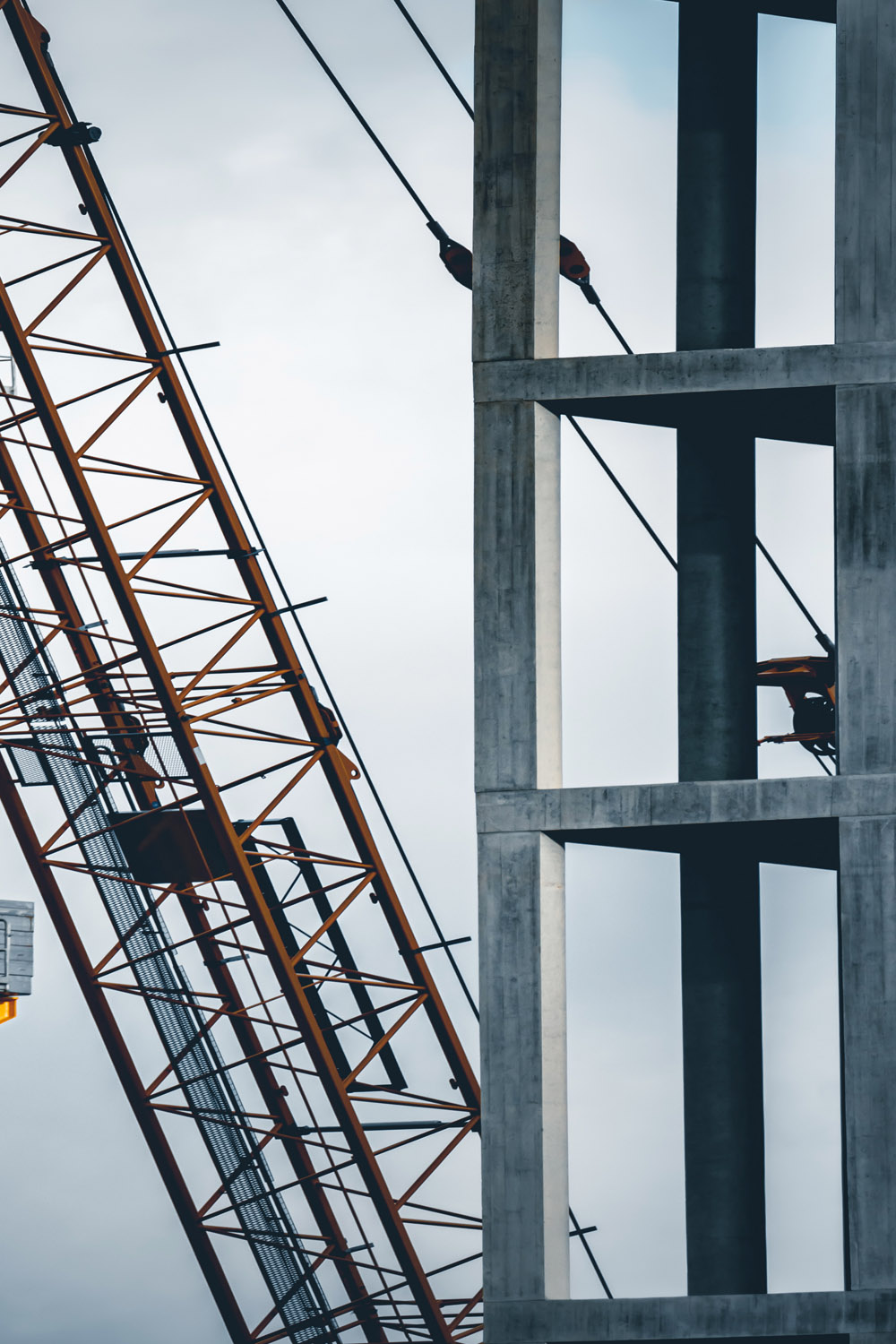RainierGPR Service Areas: Leading Concrete Scanning Provider Throughout Regions
RainierGPR Service Areas: Leading Concrete Scanning Provider Throughout Regions
Blog Article
Concrete Scanning: An Important Action Towards Making Sure Architectural Integrity and Security
In the realm of building and construction and infrastructure upkeep, the value of concrete scanning can not be overemphasized. By employing sophisticated innovation and methodologies, concrete scanning offers as a pivotal device in making sure that the honesty and safety of buildings and bridges are upheld to the highest possible standards.
Importance of Concrete Scanning
Concrete scanning plays an essential role in ensuring the architectural honesty and safety of structures and framework tasks. By using advanced technologies such as ground-penetrating radar (GPR) and electromagnetic induction, specialists can non-destructively check concrete frameworks to detect possible issues, spaces, embedded things, and reinforcement layout. This procedure enables very early discovery of anomalies that might compromise the stability of a structure, avoiding costly damages and ensuring the safety of residents.
Concrete scanning is specifically vital during the planning and building and construction phases of a project. Before drilling, cutting, or coring into concrete, scanning helps recognize the precise locations of rebar, post-tension cords, and other embedded components, reducing the threat of unexpected hits that might cause architectural weak points. Furthermore, concrete scanning aids in quality assurance by verifying the density of concrete covers and spotting any kind of discrepancies that may impact the general toughness of the structure. Ultimately, purchasing concrete scanning solutions is not only a proactive action to minimize risks but additionally a fundamental step in the direction of maintaining the long-term safety and stability of structures and infrastructure.
Modern Technology for Concrete Evaluation

Advantages of Very Early Detection
Prompt detection of architectural issues can substantially minimize risks and make sure the long life of building and construction jobs. By determining prospective issues early in the building and construction procedure, stakeholders can take proactive measures to attend to issues prior to they escalate right into bigger and more pricey problems. Among the essential benefits of early detection is the prevention of structural failures, which can pose serious safety threats and cause job delays and monetary losses.
Furthermore, early discovery permits timely repairs and maintenance, which can aid prolong the lifespan of the framework. By attending to problems without delay, construction teams can avoid pricey repair services and even the need for early replacement of structural components. This proactive strategy not just conserves time and cash yet additionally improves the total safety and sturdiness of the construction task.
Additionally, very early detection can boost task preparation and decision-making by offering stakeholders with beneficial insights right into the condition of the structure. Equipped with this info, job managers can make enlightened choices relating to construction techniques, timelines, and products, resulting in extra successful and reliable task results.
Ensuring Structural Stability
Ensuring the structural stability of a building project is critical to its safety and security and longevity. Structural security describes the capacity of a building or framework to preserve its kind and feature under ecological problems and various loads. To achieve this, detailed assessment and tracking of the framework are important. Concrete scanning plays an important duty in guaranteeing structural stability by spotting prospective concerns such as spaces, delamination, or reinforcement corrosion that could compromise the integrity of the structure with time.
By making use of advanced scanning innovations like ground-penetrating radar (GPR) and electro-magnetic induction, building specialists can non-invasively inspect concrete structures to determine locations of worry beneath the surface area. This positive approach permits the very early discovery of weaknesses or problems, allowing punctual repair services or reinforcement to avoid architectural discover this failings.
Regular concrete scanning during various construction phases and throughout the life process of a structure can help preserve its stability, minimize dangers, and make certain the safety of residents. By focusing on architectural stability through concrete scanning, construction tasks can boost their strength and durability, inevitably adding to higher safety and long life.
Avoiding Important Failures
Applying regular examinations, such as concrete scanning, can expose surprise defects like voids, cracks, or rust that can compromise the integrity of a framework. By using advanced scanning technologies like Ground Penetrating Radar (GPR) or Concrete X-ray, designers can non-destructively analyze the problem of concrete and identify weak factors that require reinforcement or repair service.

Verdict
To conclude, concrete scanning plays a critical role in ensuring structural honesty and safety and security by utilizing innovative technology for very early detection of potential concerns. This aggressive approach assists protect against vital failures and guarantees the security of frameworks. It is necessary to focus on concrete inspection as a typical technique to secure the durability and safety of structures and facilities.
Concrete scanning plays a vital function in guaranteeing the structural stability and security of buildings and infrastructure view website projects. In addition, concrete scanning aids in top quality control by verifying the thickness of concrete covers and discovering any kind of inconsistencies that may impact the overall resilience of the structure. Concrete scanning plays a critical role in ensuring architectural stability by discovering prospective problems such as voids, delamination, or reinforcement deterioration that might compromise the stability of the framework over time.

In conclusion, his response concrete scanning plays an important function in ensuring architectural stability and safety and security by using sophisticated modern technology for very early detection of possible problems.
Report this page